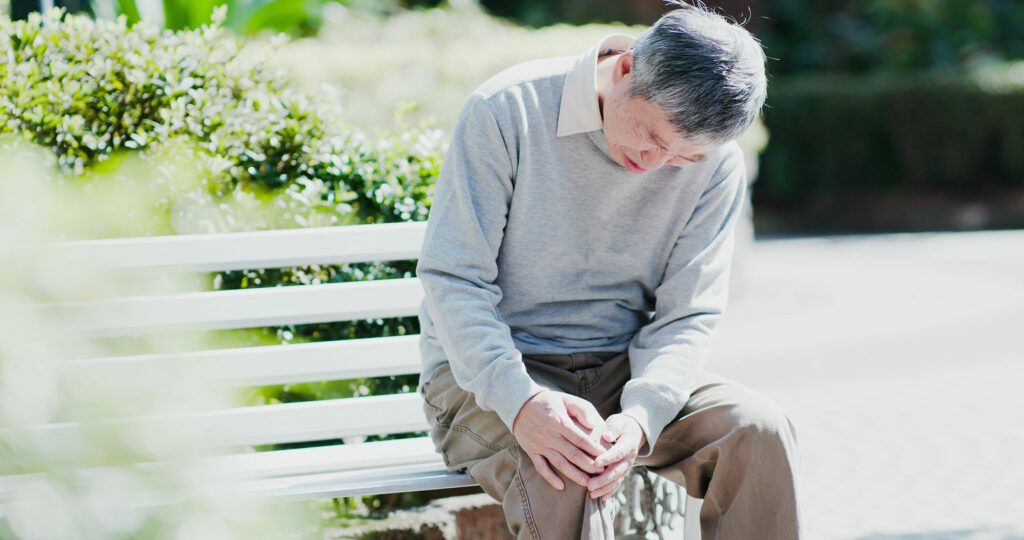Health Articles
Knowledge
What causes bone pain?

What is bone pain?
Bone pain is a sensation of extreme tenderness, aching, or other discomfort in one or more bones. It is different from muscle and joint pain due to the fact that the pain is ever-present whether you’re moving or not. The pain is commonly linked to diseases that affect the normal function or structure of the bone.
What causes bone pain?
Many conditions and events can lead to bone pain include:
Injury
Injury is a common cause of bone pain. This pain usually arises when a person goes through some form of trauma, such as a car accident or fall. The impact may break or fracture the bone. Any damage to the bone can cause bone pain.
Mineral deficiency
To stay strong, your bones require a variety of minerals and vitamins, including calcium and vitamin D. A deficiency in calcium and vitamin D often leads to osteoporosis, the most common type of bone disease. People in the late stages of osteoporosis often have bone pain.
Metastatic cancer
This is cancer that started somewhere else in the body but spread to other body parts. Cancers of the breast, lung, thyroid, kidney, and prostate are among the cancers that commonly spread to the bones.
Bone cancer
Bone cancer describes cancer cells that begin in the bone itself. Bone cancer is much rarer than metastatic bone cancer. The pain occurs when the cancer disrupts or destroys the bone’s normal structure.
Diseases that disturb blood supply to bones
Some diseases, such as sickle cell anemia, interfere with the blood supply to the bone. Without a steady source of blood, bone tissue begins to die. This causes significant bone pain and weakens the bone.
Infection
If an infection starts in or spreads to the bones, it can cause a serious condition known as osteomyelitis. This infection of the bone can kill bone cells and cause bone pain.
Leukemia
Leukemia is cancer of the bone marrow. Bone marrow is found in most bones and is responsible for the production of bone cells. People with leukemia often experience bone pain, especially in the legs.
When to see a doctor
In most cases, serious conditions are usually the cause of bone pain. Even mild bone pain may indicate an emergency condition. You are advised to consult with your doctor, if you experience unexplained bone pain that doesn’t get better within a few days,
You should also see a doctor if the bone pain is accompanied by weight loss, decreased appetite, or general fatigue.
Bone pain that results from injury should also prompt a doctor’s visit. Proper medical treatment is necessary for fractures from direct trauma to the bone. Without proper treatment, bones can heal in incorrect positions and inhibit movement. Trauma can make you vulnerable to infection.
More Information: Cancer Center














